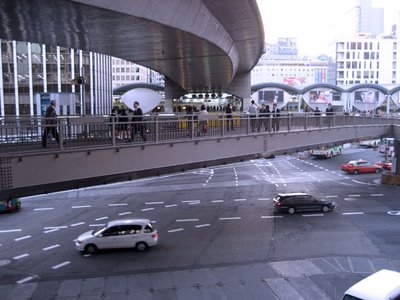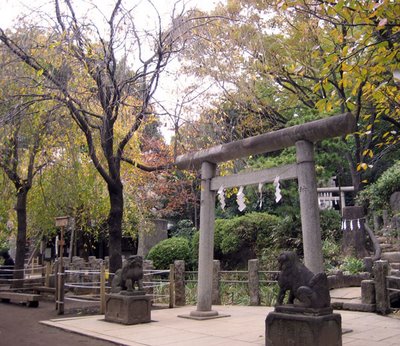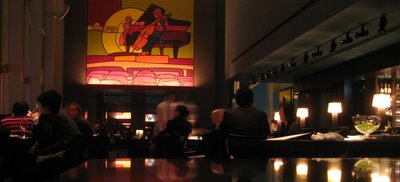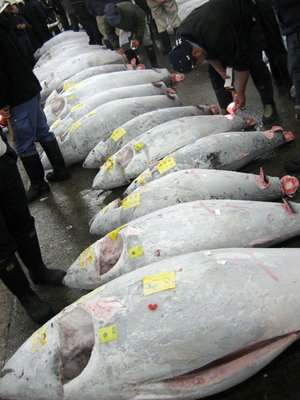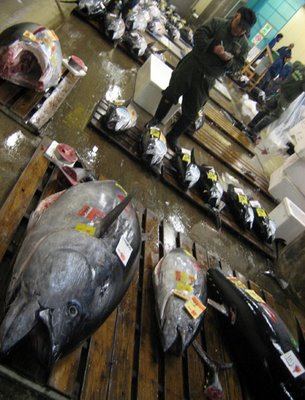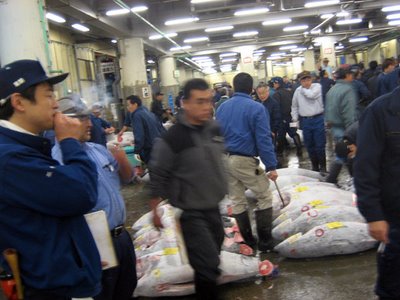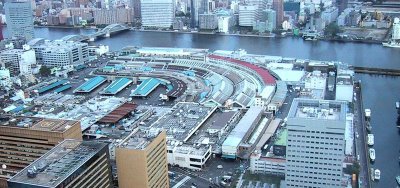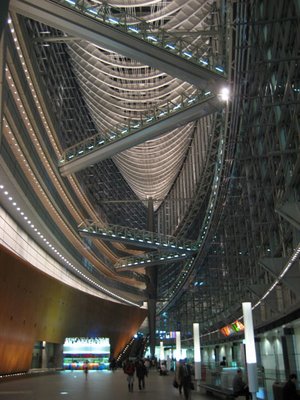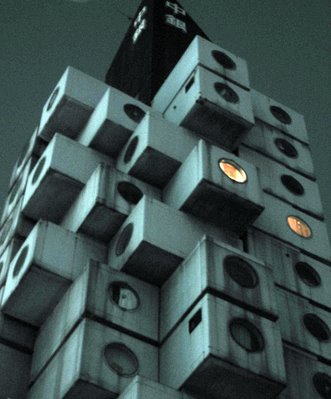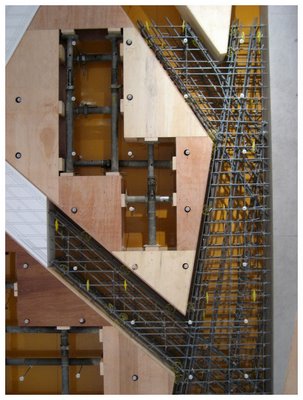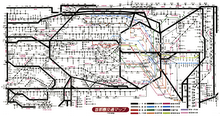Thinking about Cities, from Vancouver.
 Old Men Pondering in the Park.
Old Men Pondering in the Park.
Peering through the window of a Boeing 777, I notice a heavy cloud bank lodged into an endless panorama of snowy mountains grasping for the sky. It is December, and by now, all residents of the lower mainland of British Columbia can expect to be blanketed by the mist and rain produced from this perpetual bank of clouds for months to come. Somewhere down there is Vancouver squeezed between the Strait of Georgia and the Coast Mountains. This city of roughly 2 million has some of the most dense living conditions in North America, and yet, upon arrival the city seems relatively quaint and absurdly unoccupied compared to Tokyo. As I board a Vancouver city bus - a common mode of transportation for all ages and classes - I hear Chinese, Spanish, and a language from the Indian subcontinent - I think. Away from the steadfast homogeneity of Tokyo, the level of diversity of this ambitious Canadian city seems more striking than ever. Vancouver, Somewhere Down There.
Vancouver, Somewhere Down There.
Now that I have arrived in Vancouver, I am posting my final journal entry regarding Tokyo. Though this site is hardly exhaustive, my goal was to provide some images and commentary of my three months in Tokyo [and beyond], and this all comes from an American urbanist/aspiring architect based in Canada. As people across the globe leave rural areas for the city, we all have a vested interest in making our cities better. While Tokyo is hardly a utopia, I hope that some of these images begin to suggest alternate ways of thinking about our cities. Autumn Rides Away.
Autumn Rides Away.
T




